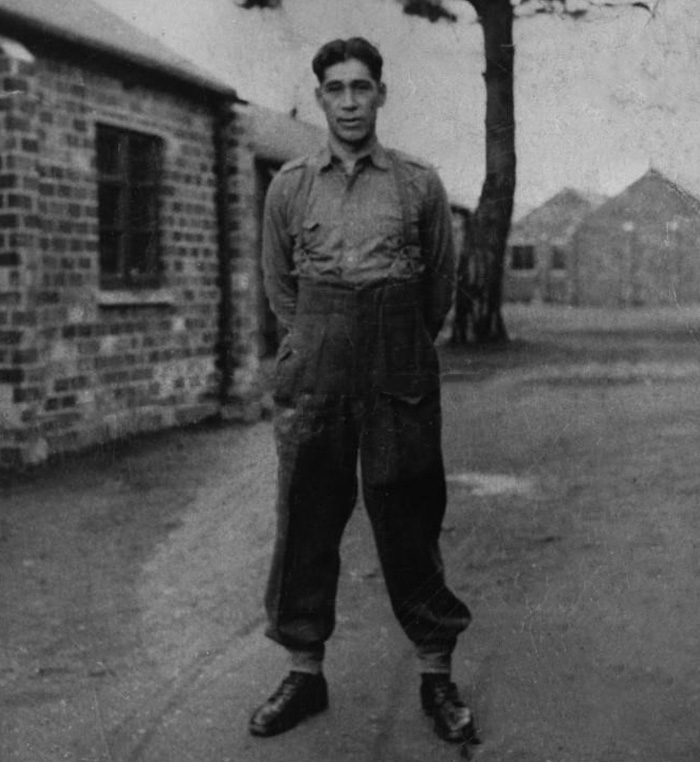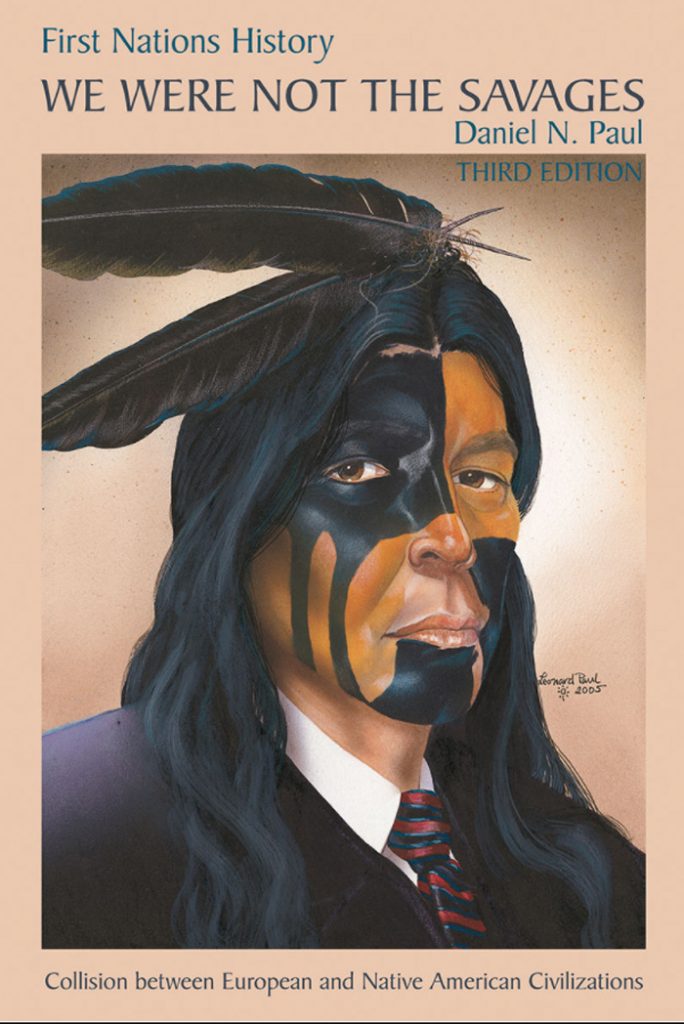Materials required: projector, whiteboard, Internet connection, logbook
Read the quotes that are found at the beginning of this lesson to the class. Make sure the students understand what they are saying.
In recent times, lead Land Claim or Treaty Rights negotiators have had to be very savvy – able to communicate, able to understand the needs of their people, able to know the current regulations impacting their status, able to respect their own culture, able to be firm on their convictions, able to facilitate working with others. For Indigenous Treaty and Land Claim negotiators to be successful, they must have garnered some of these experiences as young people.
Have students read the following text and watch the video on Blending New Technology with Traditional Cultural Teachings — Natoaganeg (Natuaqnik) Eel Ground First Nation School.
Frank Palmater was an exceptionally intelligent man. Though he had to leave school at the elementary level in order to work and care for his brothers and sisters, he never stopped learning. He took every opportunity to read his siblings’ schoolbooks and remained an avid reader in his adult life. He also knew about and believed in the alliance the Mi’kmaq had with the British Crown and therefore enlisted in the Second World War to help defend our territories. He didn’t risk his life for the right to vote or be Canadian – he fought to protect our lands and treaties. Though he came back a different man, he always encouraged his children to be active in First Nation activism and politics at the grassroots level. This is likely why so many of my older brothers and sisters got involved in community organizations, politics, and advocacy. It was at their insistence that I attend every meeting, negotiation, election, community gathering, information session, assembly, and protest – that I am who I am. I didn’t know why I was doing all of these things back then, but I knew it was important.
Palmater, Pamela My Tribe, My Heirs and Their Heirs Forever: Living Mi’kmaw Treaties in Battiste, Marie Living Treaties
View the video on the Natoaganeg (Natuaqnik) (Eel Ground) School’s advances in technology and traditional cultural teachings. http://www.eelgroundfirstnation.ca/education/videoext/eel-ground-first-nation-schoolnew-brunswick.

Make a list of the character traits of Frank Palmater and the approaches to teaching at Natoaganeg (Natuaqnik) Eel Ground School that would be useful in government negotiations. Do you have any of these traits or experiences in learning? If so, highlight them and discuss them with your classmates.





